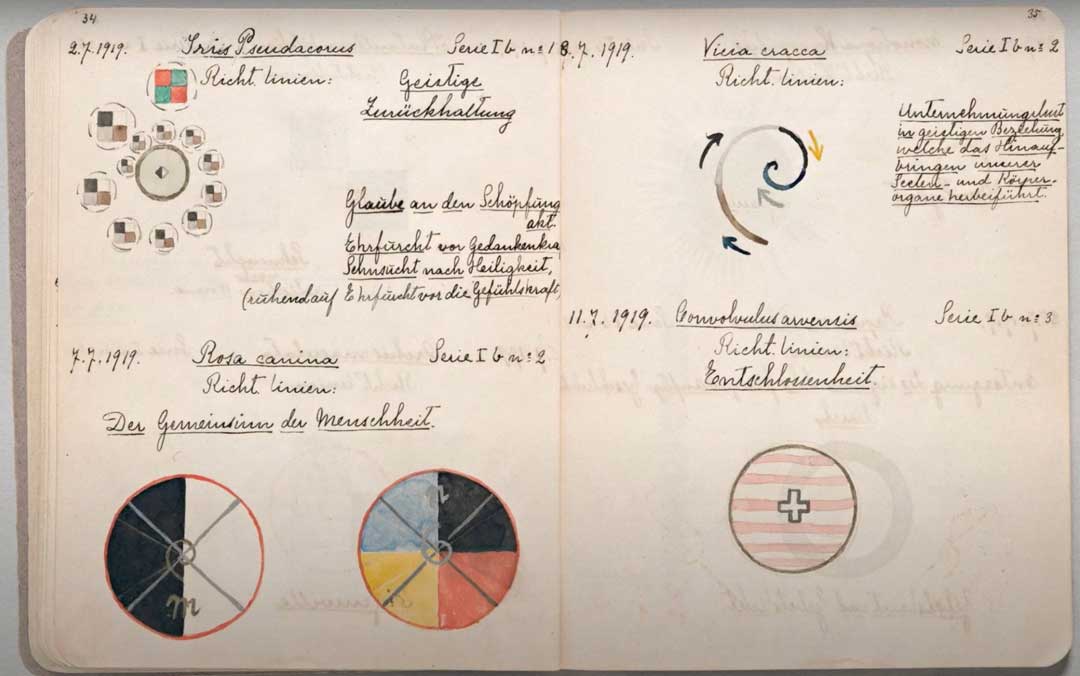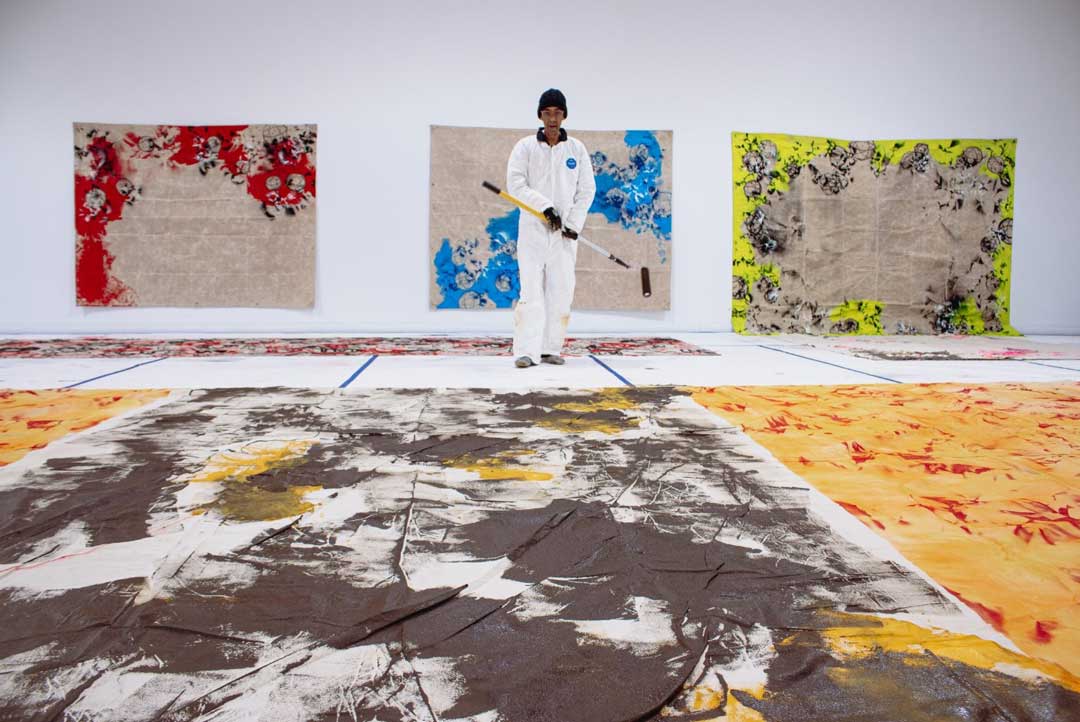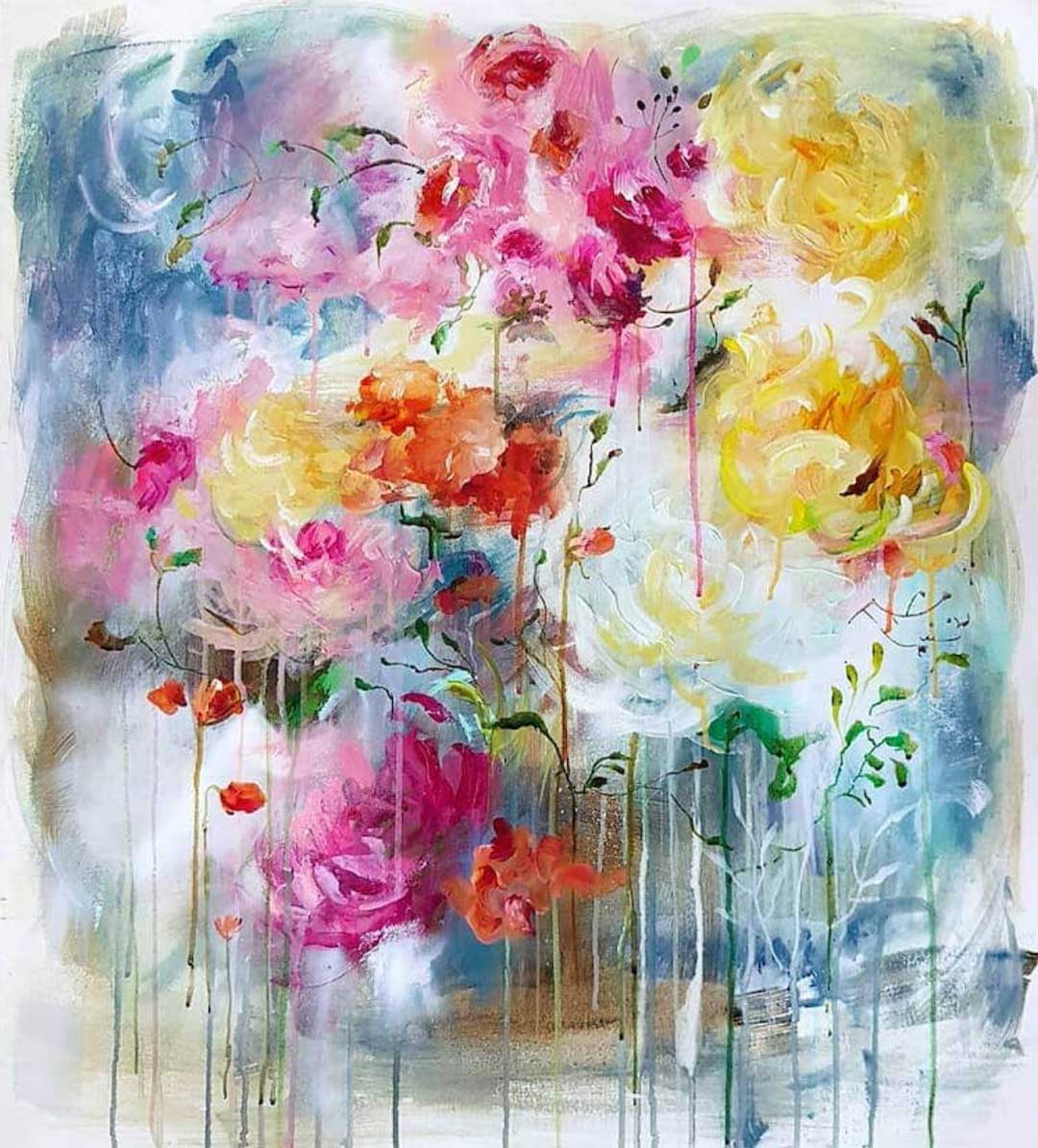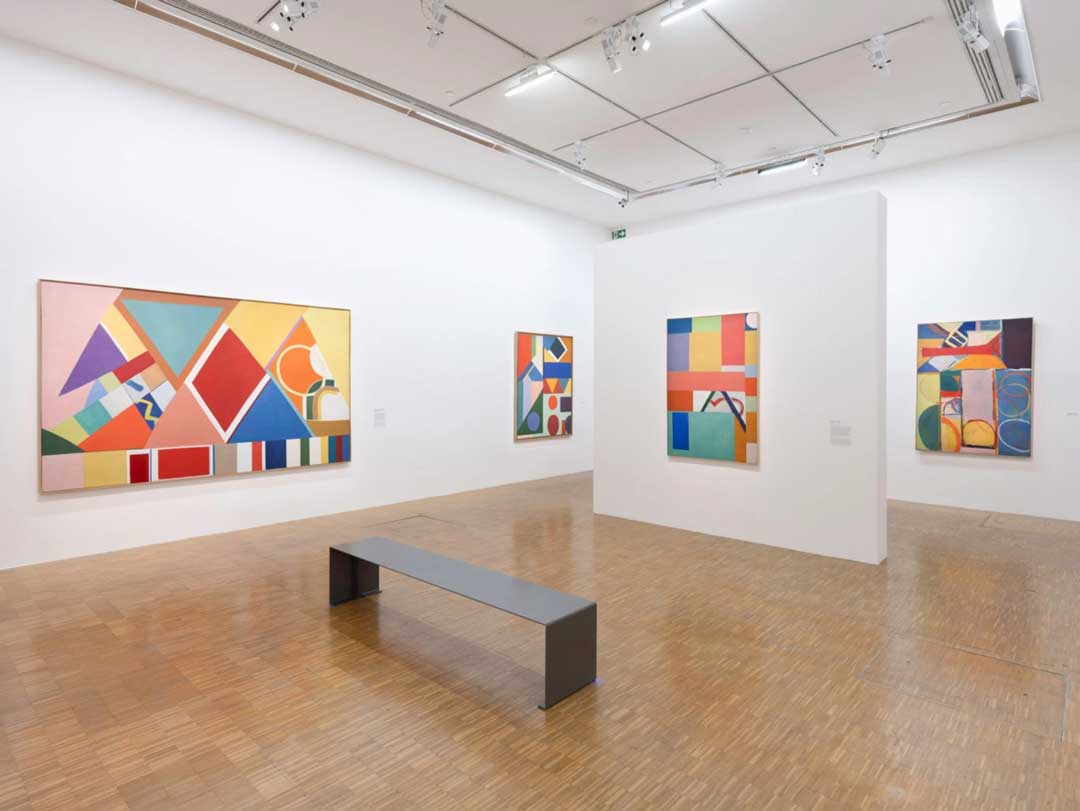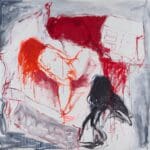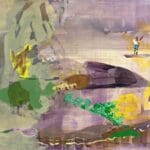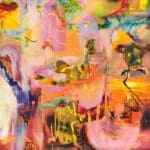Anish Kapoor – Cloud Gate is the centerpiece of AT&T Plaza at Millennium Park in Chicago. Image credit: Mariano Mantel
It’s not often that colors are at the heart of controversies, however famous Indian-born British artist, Anish Kapoor managed to do exactly that. His studio purchased the exclusive rights to the artistic use of Surrey NanoSystem’s “blackest black”, Vantablack coating. It’s safe to say the art world did not sit idly by. At the heart of the feud is the notion of exclusivity, and not necessarily exclusivity in appearance, but specifically the exclusivity of a color. So who is Anish Kapoor and what happened?
Born in Mumbai in 1954, Anish Kapoor is a British sculptor known for his use of abstract forms, and his love for rich colors and polished surfaces. Upon leaving school, Kapoor spent a few years on a Kibbutz in Israel, where he decided to stay and train to become an engineer. Within 6 months, the realization that life as an engineer wasn’t for him had dawned and he decided to pursue a career in art, in London instead. After completing his studies in art, the young artist returned to his native India for a visit. On this trip, he gained a new perspective on the country, finding a new appreciation for its colors, shapes and textures.




